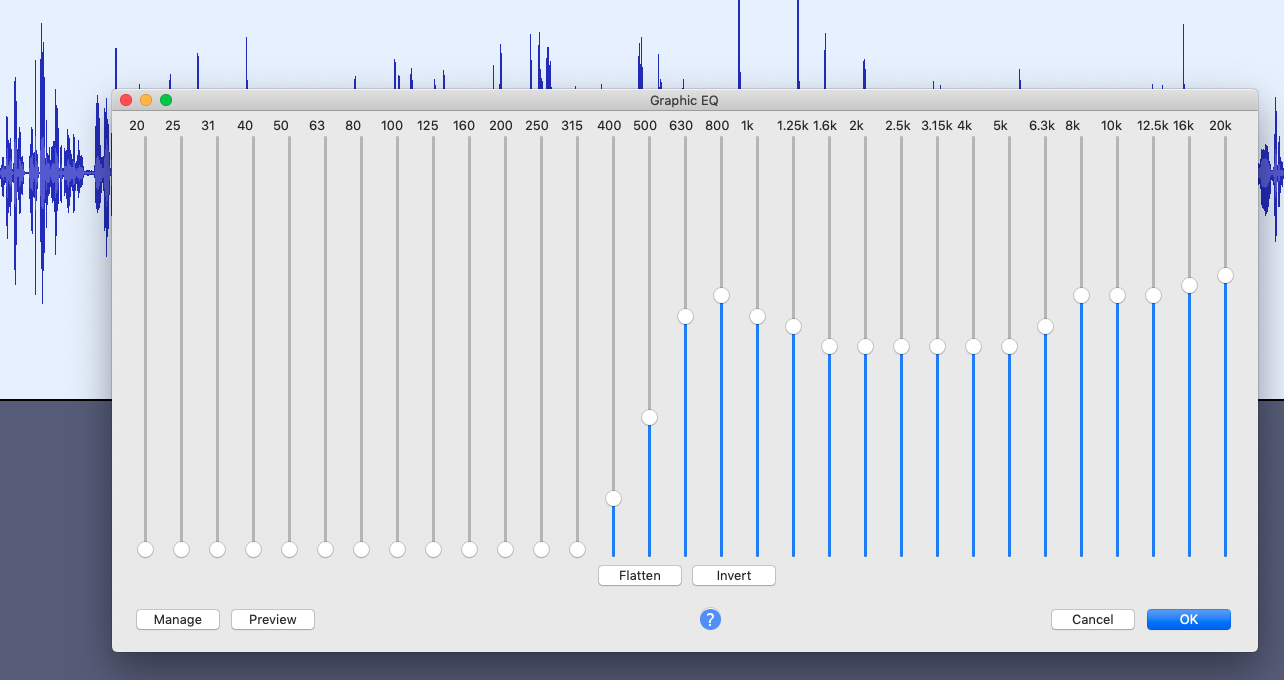


Indeed many national leaders, from Gandhi to Vajpayee, were journalists as well. In the struggle for freedom, journalists in the twentieth century performed a dual role as professionals and nationalists. Patriotic movements grew in proportion with the colonial ruthlessness, and a vehicle of information dissemination became a tool for freedom struggle. The Hindu was founded in Madras as a counter to the Madras Mail. While Statesman voiced the English rulers' voice, The Hindu became the beacon of patriotism in the South. The Bombay Herald, The Statesmen in Calcutta and the Madras Mail and The Hindu, along with many other rivals in Madras represented the metropolitan voice of India and its people. The Bengal Gazette and the India Gazette were followed by the Calcutta Gazette which subsequently became the government's "medium for making its general orders" (Sankhdher 24-32). Hicky protested against this arbitrary harassment without avail, and was imprisoned. In November 1780 its circulation was halted by government decree.
#RADIOCASTER 2.4.2 FREE#
While the India Gazette enjoyed governmental patronage including free postal circulation and advertisements, Hicky's Bengal Gazette earned the rulers' wrath due to its criticism of the government. Soon other newspapers came into existence in Calcutta and Madras: the Calcutta Gazette, the Bengal Journal, the Oriental Magazine, the Madras Courier and the Indian Gazette. James Augustus Hicky was the founder of India's first newspaper, the Calcutta General Advertiser also known as Hicky's Bengal Gazette, in 1780. "Newspaper history in India is inextricably tangled with political history," wrote A. Readers, meanwhile, were saying implicitly: 'We will read newspapers that tell us about ourselves and reflect our concerns."Ĭommon contenders for readership and advertising are: the National Herald, the Hindustan Times, Time, Illustrated Weekly, e Pioneer, and Filmfare. A race began to reach this audience advertising avenues were the prizes and these would come largely to newspapers that could convince advertisers that they had more readers than their rivals. They grew because entrepreneurs detected a growing hunger for information among ever-widening sections of India's people, who were potential consumers as well as newspaper readers.
#RADIOCASTER 2.4.2 HOW TO#
Nor did newspaper grow simply because more people knew how to read and write. " Newspapers did not expand simply because the technology was available to make Indian scripts live as they had not been able to live before. In 1976, the Registrar of Newspapers for India had recorded 875 papers in 1995 there were 4,453. Since private enterprise began to sustain and pay off, mass communications picked up as a growth industry. After the liberalization of the economy, the growth of industry, and a rise in literacy, the post-Emergency boom rekindled the world's largest middle class in news, politics, and consumerism. That breaks down to 65.5 percent of males and an estimate of 37.7 percent of females. While a majority of the poor working people in rural and urban areas still remain oppressed and even illiterate, a significant proportion of people-roughly about 52 percent of the population over 15 years of age were recorded as being able to read and write. The post-Emergency phase, which continues at the present, may be the third independent phase of India's newspaper revolution (Jeffrey). Within this framework, it is instructive to examine India's press in two broad analytical sections: pre-colonial times and the colonial, independent press (which may, again be classified into two: preceding and following the Emergency rule imposed by Indira Gandhi's government in 1975). The evolution of the Indian media since has been fraught with developmental difficulties illiteracy, colonial constraints and repression, poverty, and apathy thwart interest in news and media. India's first newspaper, Calcutta General Advertise, also known as the Hicky's Bengal Gazette was established in January 1780, and the first Hindi daily, Samachar Sudha Varshan, began in 1854. It was in 1674 that the first printing apparatus was established in Bombay followed by Madras in 1772. The printing press preceded the advent of printed news in India by about 100 years. India's press is a metaphor for its advancement in the globalized world. India's newspaper industry and its Westernization-or mondialisation as French would call it-go hand in hand. India's newspaper evolution is nearly unmatched in world press history. Modernization has transformed this into a communications network that sustains the pulse of a democracy of about 1.1 billion people.

Its mass media culture, a system that has evolved over centuries, is comprised of a complex framework.


 0 kommentar(er)
0 kommentar(er)
